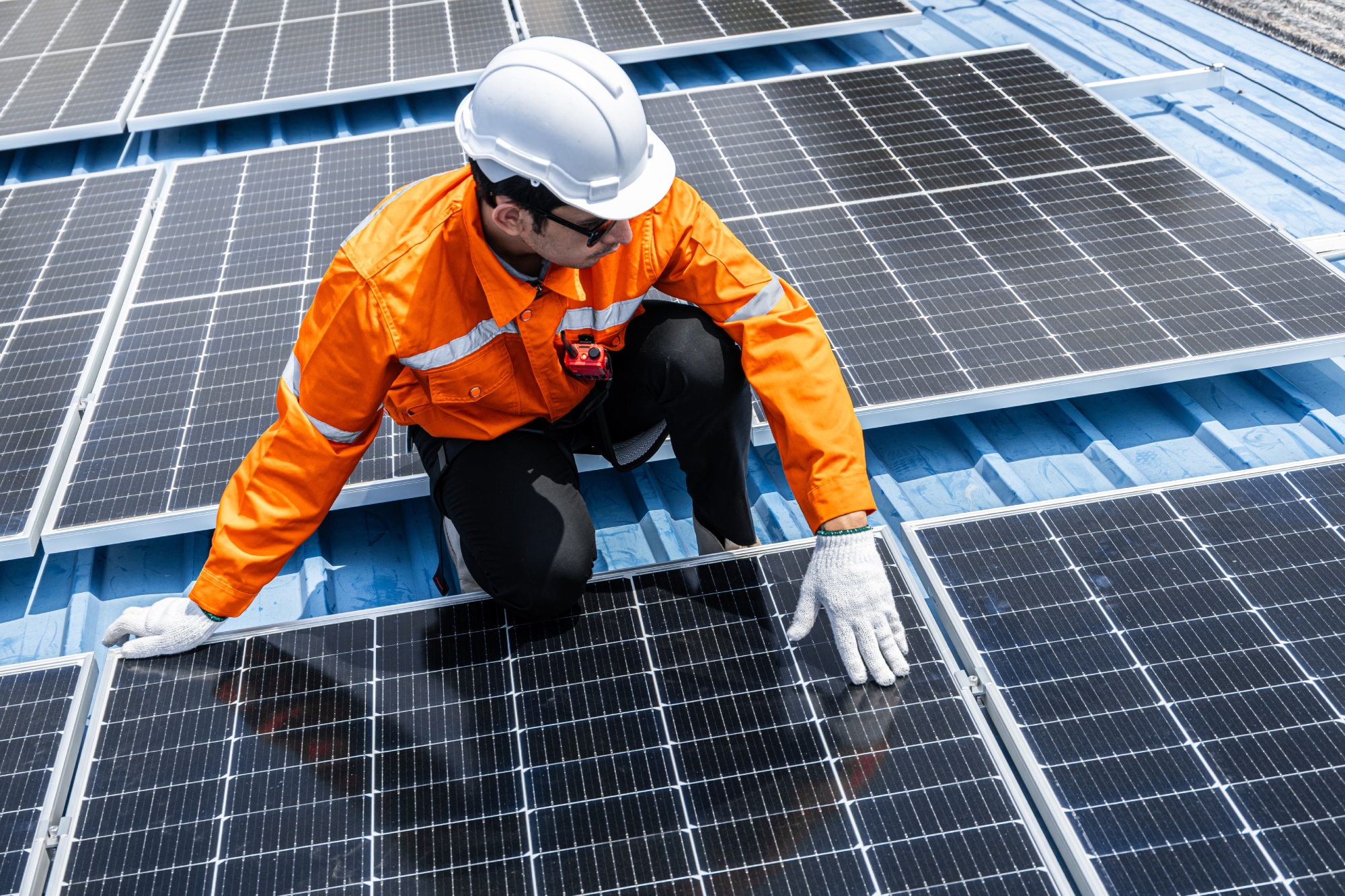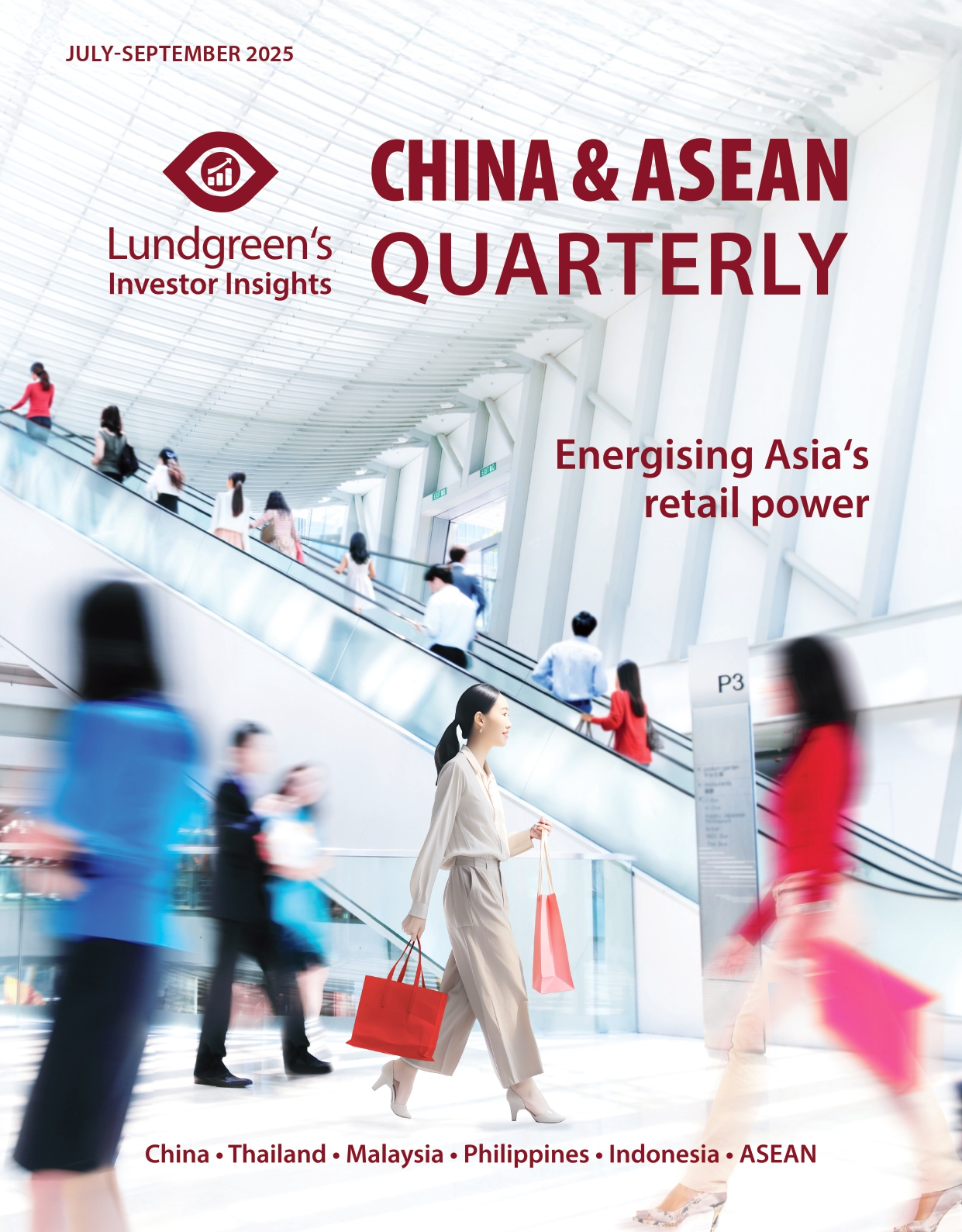China’s prices can’t be too cheap
The Chinese government is aggressively battling price wars waged by producers of solar panels and electric cars, with intense competition already eating into producer profits.
How cheap is too cheap? For Chinese regulators, some domestic manufacturers have gone beyond breaking point.
Unlike the US grappling with above-target inflation, China is trying hard to push prices higher than where they currently are. This deflation problem is purely artificial, with producers in certain industries engaged in a high-stakes price war to edge out their competitors. This is prevalent in segments like electric vehicles (EV) and car batteries, cement, solar panels, and e-commerce, where industry leaders sell their goods at massive discounts to the detriment of smaller manufacturers. For example, BYD slashed the price tag of its entry-level electric cars by as much as 34 per cent in May, which sent shockwaves across the EV market given that the privately-held carmaker enjoys national and global dominance in this space. Other automakers were forced to cut prices just to keep their market share intact, leading to an industry-wide bargain that has persisted into 2025.
Authorities first took notice of this trend, dubbed locally as neijuan, in 2024, which Premier Li Qiang described as a harmful strategy for local protectionism. China’s Central Financial and Economic Affairs Commission has stepped in with an “anti-involution” campaign to force firms to end price wars, with the goal of pulling the economy out of a deflationary spiral.
The industrial sector is already on edge with steep tariffs for exports to the US, creating an oversupply as some factories hold back on external shipments. A domestic price war leaves them with even lower profits – and if prolonged, could send players out of business.
Short-sighted goals
Cheap retail prices are beneficial to consumers in the short run as they get to spend more and save more. As Graph 1 shows, China’s Producer Price Index has remained in negative territory since October 2022 and has recorded a steepening fall in retail prices for February-July 2025, indicating that the government’s initial interventions have been unable to plug the intense price competition on the side of manufacturers. The decline in producer prices was softer in August, but still lower year-on-year. Meanwhile, the Consumer Price Index has stood flat over the same period, meaning costs of basic goods have stagnated from the previous year.

There seems to be some incentive for companies to sell low if only to reinvigorate consumer appetite and, at the same time, clear their inventories and free up space for new products. Finished goods have piled up in warehouses in the face of softer global demand due to the US’ tariff war and weak domestic spending as the Chinese economy remains in recovery mode since its property market collapsed in 2022. However, bigger problems arise when prices stay lower for longer: an artificial markdown in selling prices – meaning the drop does not stem from lower input and operating costs – requires manufacturers to gain little to no profit from such sales.
Unlike industry giants like BYD, smaller competitors have narrow elbow room to recalibrate their prices for survival. Over time, this price war would translate into a lack of product innovation, reduced worker benefits, and eventual unemployment as businesses fight and eventually lose the rat race.
An exercise in futility?
Voluntary price cuts also render some government subsidies redundant. The notion that state-owned manufacturers benefit from trade-in programs for home appliances, gadgets, and gasoline-powered cars suggests that the Chinese government is subsidising both the supply and demand sides to revive consumption – a costly and unnecessary exercise. Half of the RMB 300 billion (USD 42 billion) allotment for the trade-in subsidies, which provides vouchers and handouts so residents can buy brand new items to replace their old electronics, had been utilised as of June, according to government data.
The unnatural reduction in prices also implies that these state-owned enterprises – a critical component to the local economy as these are said to account for 30-40 per cent of China’s GDP – are being driven to the ground. As seen in Graph 2, profits of Chinese businesses have been on a steady decline since September 2024, although a brief respite was observed in March-April as trade-in redemptions accelerated. A modest earnings uptick was recorded in August, but the 2025 story appears to be lower profits across the board. Meanwhile, inventories have been ballooning on a cumulative basis since February 2024 amid continued factory production and weak household spending. Companies are thus incentivised to dispose of the excess stock, even at a discount, to generate cash that would sustain further operations.

This strategy is unsustainable as it disrupts markets in the long term. Excessive competition will drive some players into bankruptcy, leaving fewer producers in the running and sending prices to a much steeper level. Companies with deep pockets (be it a strong capital base or those that have access to cheap borrowing), as well as those quick to innovate, will fare better under these conditions because they can offer good value and high-quality products that would appeal to buyers even if their goods are not the cheapest in the market.
We advise investors to look beyond sales figures and focus on companies in China with strong strategies to expand their scale and to innovate, as they can consistently add value to their product offerings and can achieve profitability in a sustainable way. Chinese regulators are known to act decisively, and this anti-involution campaign will be implemented with the same vigour. As such, an end to the price wars is likely to come sooner than later.






